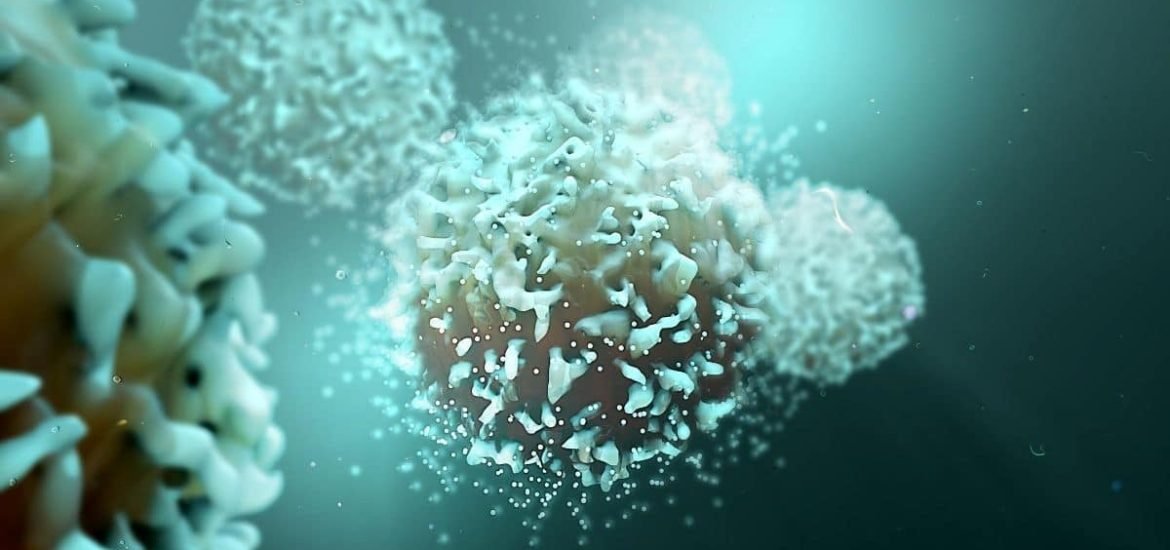
A new spate of studies has hinted at the possibility of “strong, lasting immunity” to the novel coronavirus (SARS-Cov-2) even after a mild COVID-19 infection. Powerful responses were observed in people even when they did not develop severe symptoms. But scientists still don’t know how long this immunity might last.
Much of the coronavirus immunity debate has been centred around antibodies, Y-shaped proteins that attach to the surfaces of pathogens and prevent them from infecting cells. Earlier studies showed coronavirus antibodies fade quite quickly and may only last around three months (1). But that doesn’t mean immunity is gone. Antibodies are just one component of the highly complex human immune response.
Human immune cells may also store information about the coronavirus to help fight future infections. In particular, T cells can identify and destroy infected cells while B cells are capable of producing brand new virus-fighting antibodies. Both types of immune cell can hang around for years – even decades – after an infection has subsided and antibody levels have fallen, simply waiting to be triggered anew.
In a preprint published on 15 August in medRxiv and currently under review at the journal Nature, the authors claim that immune cells – both B cells and T cells that are capable of recognizing the novel coronavirus – appeared to persist for months after infections had resolved (2).
Several other studies have also reported coronavirus-attacking T cells in the blood of recovered patients long after symptoms have disappeared. One recent study published on 14 August in the journal Cell found that people infected with SARS-Cov-2 – even asymptomatic or mild cases or those with no detectable antibodies against the virus – developed virus-specific T cells, which the authors say “will likely prove critical for long-term immune protection against COVID-19” (3). When isolated and grown in the lab, T cells exposed to fragments of the SARS-Cov-2 virus produced virus-fighting signals and rapidly multiplied in numbers to create a brand new virus-fighting army.
Interestingly, several studies have also discovered T cells that react to SARS-CoV-2 in blood samples from people who had not been exposed to the virus, suggesting the potential for so-called cross-immunity between SARS-CoV-2 and other viruses like the common cold (4). Researchers speculate that this could partly explain the huge individual differences in the severity of COVID-19 infections.
The latest findings, while certainly encouraging, are not definitive. Scientists still don’t know how strong the response is, how long it might last, or how it will vary between people – or, indeed, whether someone can be reinfected.
Moreover, we are still ‘nowhere near’ the so-called herd immunity required to stem the spread of the virus, according to the World Health Organization (WHO). Herd immunity occurs when a high enough percentage is immune to a disease, either through prior illness or vaccination. For coronavirus transmission to wane, scientists say this number must be at least 70 per cent but most studies suggest around 10 to 20 per cent of the global population currently have immunity to the novel coronavirus.
“That means that a large proportion of the population remains susceptible to infection, and that means the virus has an opportunity to spread”, said the WHO’s COVID-19 technical lead Maria Van Kerkhove, infectious disease epidemiologist, at a briefing this week.
(1) Seow, J. et al. Longitudinal evaluation and decline of antibody responses in SARS-CoV-2 infection. medRxiv (2020). DOI: 10.1101/2020.07.09.20148429
(2) Rodda, L.B. et al. Functional SARS-CoV-2-specific immune memory persists after mild COVID-19. medRxiv (2020). DOI: 10.1101/2020.08.11.20171843
(3) Sekine, T. et al. Robust T cell immunity in convalescent individuals with asymptomatic or mild COVID-19. Cell (2020). DOI: 10.1016/j.cell.2020.08.017
(4) Sette, A. & Crotty, S. Pre-existing immunity to SARS-CoV-2: the knowns and unknowns. Nature Reviews Immunology (2020). DOI: 10.1038/s41577-020-0389-z